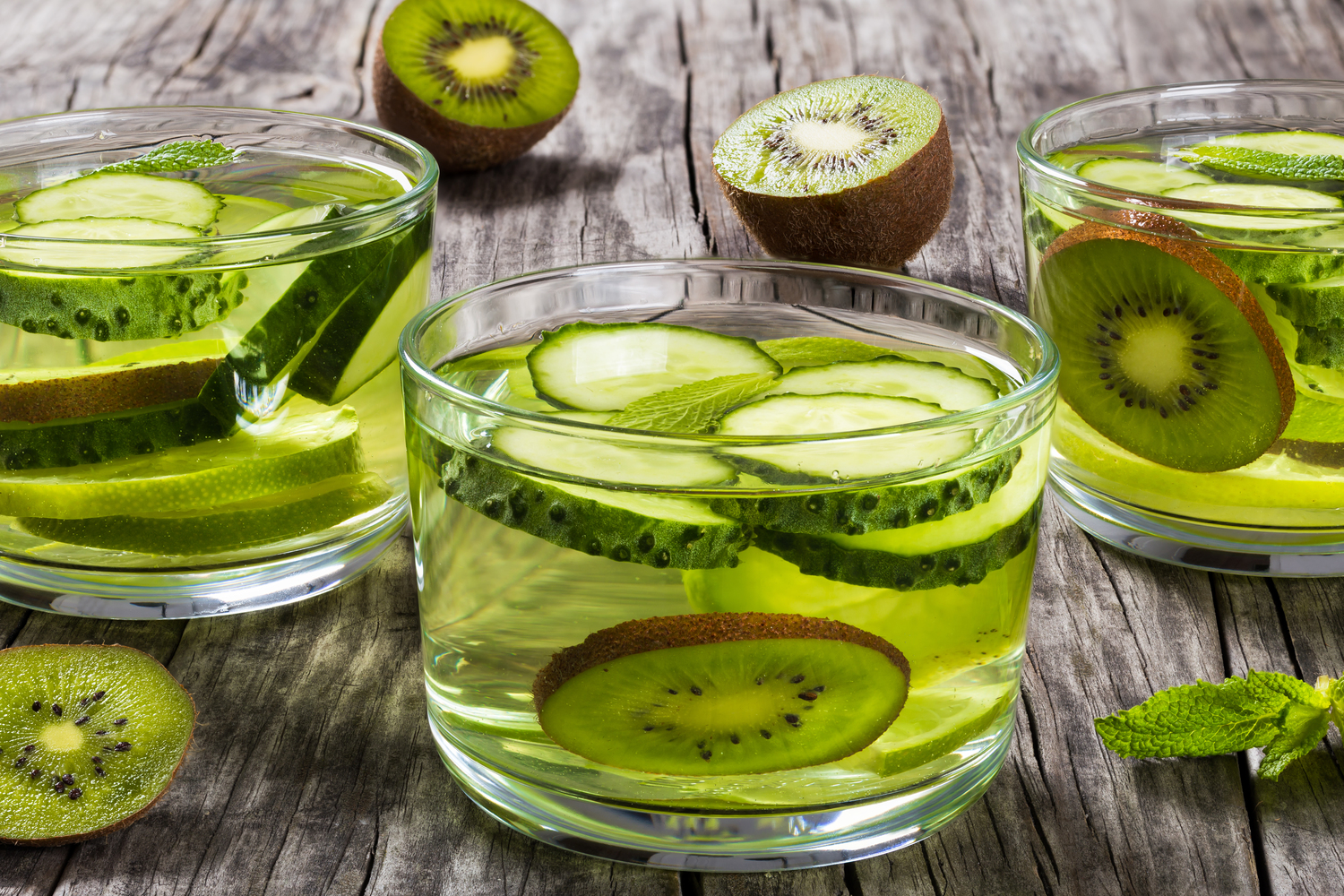
Important Dietary Tips for Crohn’s Disease
Crohn’s disease is an Inflammatory Bowel Disease or IBD. It leads to the inflammation of the digestive tract, causing severe abdominal pain, fatigue, diarrhea, malnutrition, and weight loss. Usually, the inflammation also spreads to layers of the bowel tissues. Not only is the condition painful, but it can also lead to life-threatening complications.
There are specific foods that trigger the gastrointestinal symptoms of this disease, particularly during flare-ups. So, it is helpful to follow these dietary tips for Crohn’s disease and stay away from the trigger foods to minimize the symptoms and promote intestinal healing. It is important to consider the food consumed for the effective management of any disease, and there are different diets to manage the symptoms of Crohn’s disease. Experts recommend identifying the foods that trigger the symptoms to help manage gastrointestinal symptoms like bloating, gas, cramping, abdominal pain, diarrhea, and constipation.
Here are some dietary tips for Crohn’s disease patients to follow:
1. High calorie and protein
A high-calorie, high-protein diet is recommended for those who face nutrient-absorption problems because of Crohn’s disease. Besides the regular meals, they need to snack every few hours to ensure that the body gets sufficient proteins, nutrients, and calories. Besides, they may also have to take mineral and vitamin supplements, but these should be taken only after a prescription from a doctor.
2. Identify and avoid food triggers
Food triggers are different for different patients, so one needs to determine what their triggers are. There is usually more than one food responsible for aggravating the symptoms. Some common trigger foods are alcohol, butter, margarine, mayonnaise, oils, coffee, tea, corn, carbonated beverages, dairy foods, fatty foods, and high-fiber foods. For instance, fast food should be avoided in any healthy diet.
3. Cooking may help
Sometimes, foods like raw vegetables and fruits, red meat, pork, nuts, seeds, spicy foods, and whole grains are also triggers. When the trigger foods have been identified, they can be eliminated from the diet, or they can be cooked in a way that the body can tolerate. For instance, steaming or boiling vegetables is a helpful dietary tip for Crohn’s disease if raw vegetables cause flare-ups.
4. Go low residue
A low-residue diet is low in foods that can add residue to stool. People with Crohn’s disease typically have a constricted small intestine and require a low-fiber diet with low residue so that abdominal pain and diarrhea can be avoided. Some foods to avoid in this diet are seeds, raw fruits, corn hulls, seeds, vegetables, and nuts.
5. Liquid diets
Liquid diets can help people suffering from Crohn’s disease, and a high-calorie liquid diet is especially beneficial during flare-ups. It gives the intestine much-required rest and can successfully suppress many symptoms. Besides, specially formulated liquids may be useful for patients who require extra nourishment. These are high in calories and can be used for a short time for patients whose intestines are unable to absorb nutrients from whole foods.


